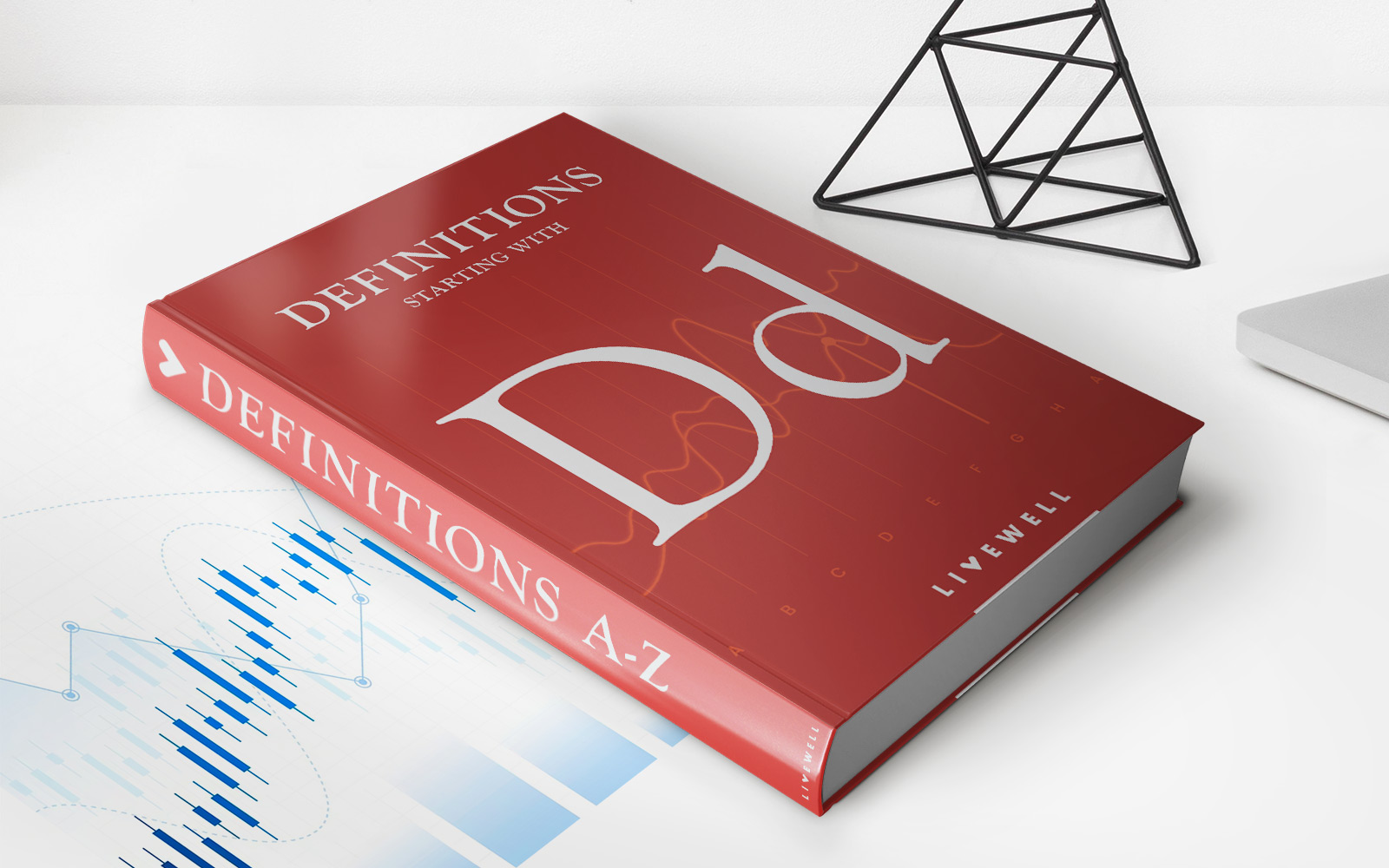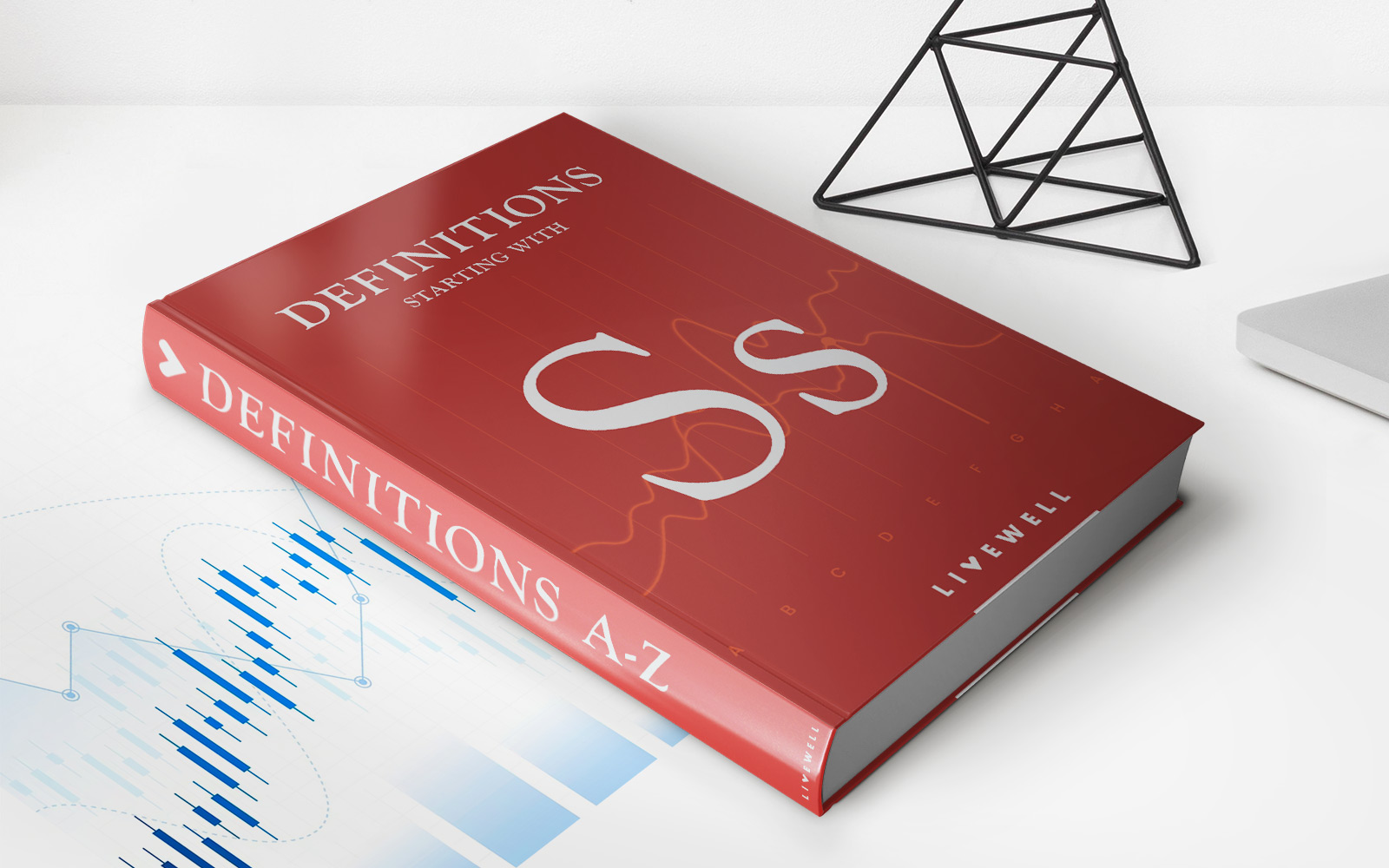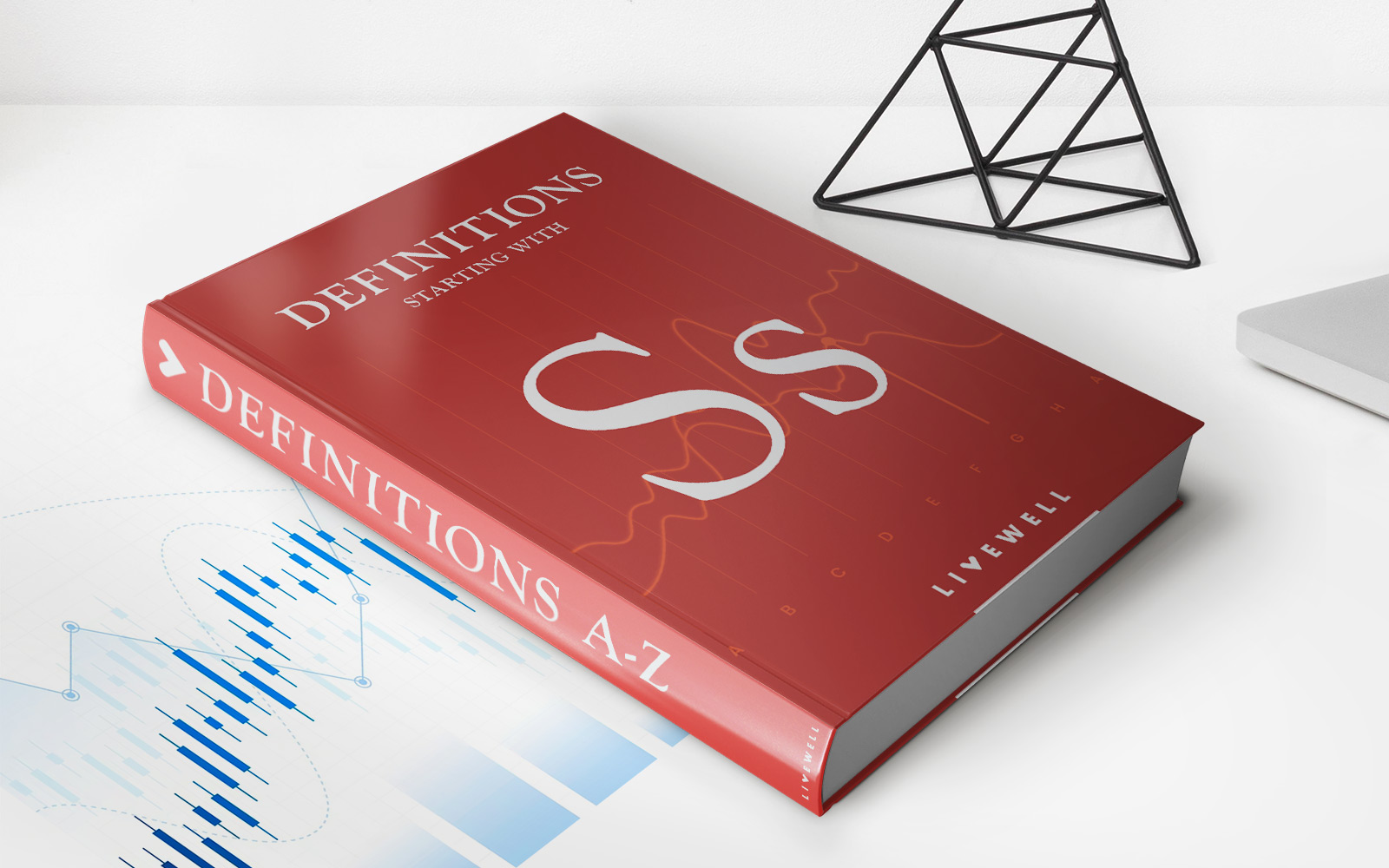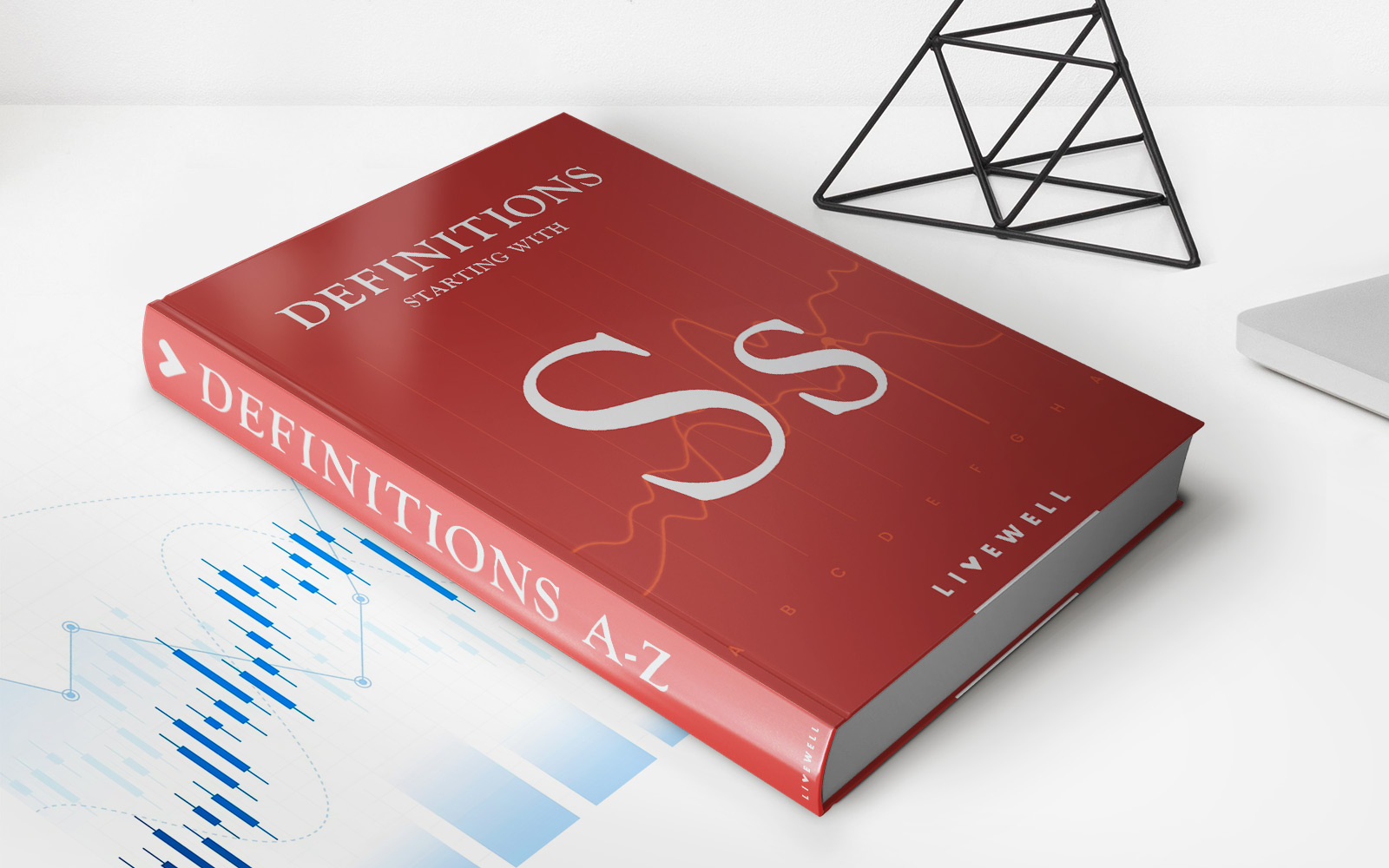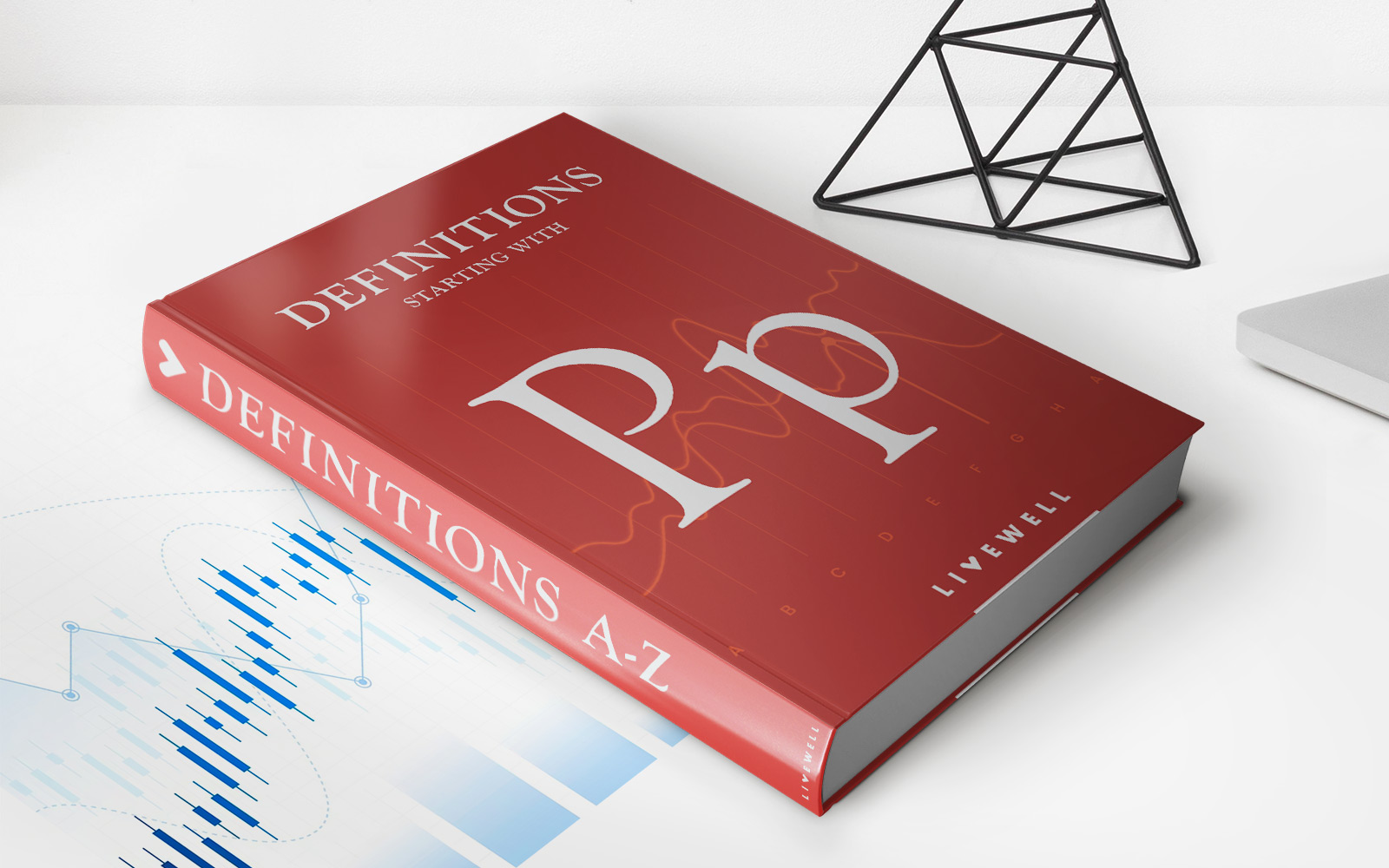Home>Finance>Fully Vested: Definition, How Vesting Schedules Work And Benefits


Finance
Fully Vested: Definition, How Vesting Schedules Work And Benefits
Published: November 29, 2023
Discover the definition of vesting, how vesting schedules work in finance, and the benefits of being fully vested. Stay informed with our comprehensive guide.
(Many of the links in this article redirect to a specific reviewed product. Your purchase of these products through affiliate links helps to generate commission for LiveWell, at no extra cost. Learn more)
Fully Vested: Definition, How Vesting Schedules Work, and Benefits
Have you ever heard the term “fully vested” and wondered what it meant? In the world of finance, vesting refers to the process by which an employee gains full ownership of their retirement or investment funds. It’s an important concept to understand, especially if you’re planning for your future. In this blog post, we’ll dive into the definition of fully vested, how vesting schedules work, and the benefits of being fully vested.
Key Takeaways:
- Fully vested means that an individual has earned the right to possess or control their financial assets, such as retirement or investment funds.
- Vesting schedules determine the timeframe and conditions in which employees become fully vested in their retirement or investment plans.
What does “fully vested” mean?
When it comes to financial assets, being fully vested means having complete ownership and control over them. It signifies that an individual has earned the right to possess or control their funds without any restrictions. Typically, fully vested status is achieved after a certain period of service or meeting specific conditions.
How do vesting schedules work?
Vesting schedules are predetermined rules that dictate how and when an employee becomes fully vested in their retirement or investment plans. These schedules vary depending on the employer and the type of plan. Let’s take a look at two common types of vesting schedules:
- Graded Vesting: In graded vesting, employees gradually become more vested over time. For example, a typical graded vesting schedule might allow employees to become 20% vested after the first year, 40% vested after the second year, and so on. The benefits of this type of schedule are that even if an employee leaves before reaching full vesting, they still retain a portion of their employer’s contributions.
- Cliff Vesting: In cliff vesting, employees become fully vested after a specific period, often three to five years. Until that time, they have no ownership rights to their employer’s contributions. If an employee leaves before the cliff vesting period ends, they may not receive any employer-contributed funds. Clifford vesting is commonly used in employer-sponsored retirement plans.
It’s important to understand the vesting schedule for your specific retirement or investment plan, as it directly affects your financial future. Knowing when you will be fully vested can help you plan for your retirement and make informed decisions about your career and financial goals.
Benefits of being fully vested
Being fully vested in your retirement or investment funds comes with several benefits:
- Ownership and Control: When you are fully vested, you have complete ownership and control over your funds. You can make decisions about how to invest or manage your money without any restrictions.
- Retirement Security: Being fully vested ensures that you have access to the full value of your retirement funds when you need them. This provides a greater sense of financial security as you plan for your retirement.
- Employer Contributions: If your employer offers matching contributions to your retirement plan, being fully vested means that you are entitled to receive the full amount of their contributions. This can significantly boost your retirement savings over time.
- Portability: Being fully vested allows you to take your retirement or investment funds with you if you change jobs. This allows for greater flexibility and control over your financial future.
Now that you have a better understanding of the definition, how vesting schedules work, and the benefits of being fully vested, you can make more informed decisions about your financial plans. Whether you’re saving for retirement or investing for the future, being fully vested ensures that you have control over your financial destiny.
Remember to always consult with a financial advisor or expert to gain a deeper understanding of your specific situation and to make the best decisions for your financial well-being.
